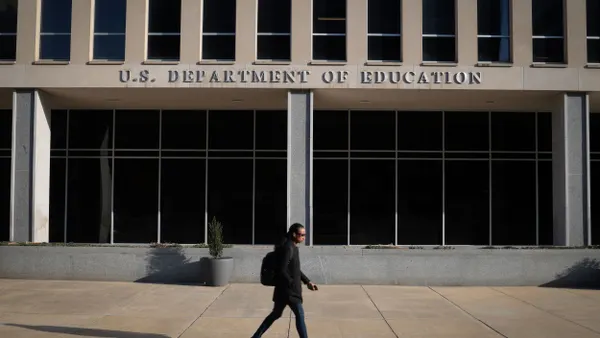Dive Brief:
- Classrooms designed to encourage creativity rather than focus on lessons that teach to assessments may help foster future inventors, Education Week reports.
- Creative thinking can spark children's imaginations in school no matter what subject they’re learning by keeping them interested, excited and engaged.
- Educators must also remain mindful of access, as creative opportunities are increasingly limited to more affluent students — children who have parents in the top 1% of wealth are more than 10 times more likely to have opportunities to file patents than their peers from less-economically secure backgrounds.
Dive Insight:
Turning classrooms into spaces where inventing and creativity are allowed to flourish is happening in many schools. Makerspaces, for example, often housed in media centers and school libraries, allow students to experiment with hands-on projects in an environment where there's less concern of making a wrong choice. As a result, learning happens naturally.
Working creative time into classrooms may require a bit more planning on the part of curriculum designers, who are also focused on meeting grade-level learning requirements. Another concern, too, should be making sure every child can take part in every activity.
Field trips, for example, can open up the classroom to the world at large. But if fees are involved for these excursions or they’re not designed to accommodate all children, some students may not be able to join. When developing creative opportunities for all students, administrators need to take time to see that all students have the same access.











